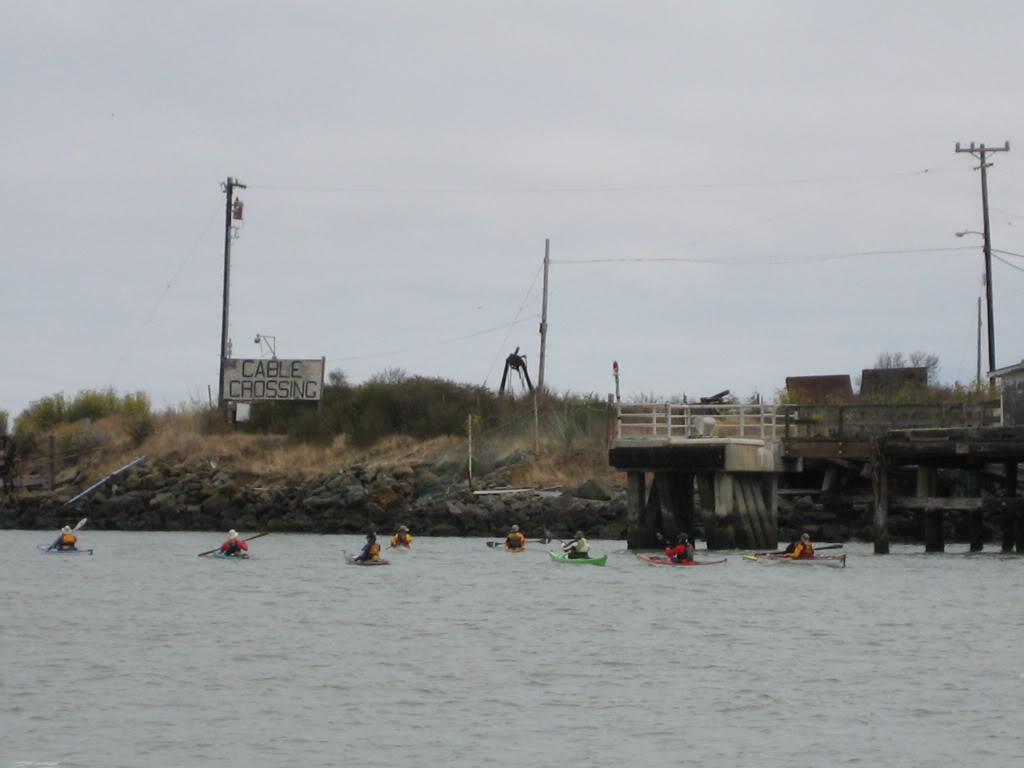Konataffy
Newbie
The admiral and I are intending to buy a pair of kayaks for this upcoming and future seasons. We have very little experience kayaking and are both retired. We are not looking to go in rough water, or even very far. A simple plastic one or two should do the trick.
My question is- sit on or sit in. Are sit on ones easier to get into, do they get you wetter, do they have specific advantages or disadvantages compared to sit in.
Any advice would be appreciated.
Konataffy.
My question is- sit on or sit in. Are sit on ones easier to get into, do they get you wetter, do they have specific advantages or disadvantages compared to sit in.
Any advice would be appreciated.
Konataffy.




